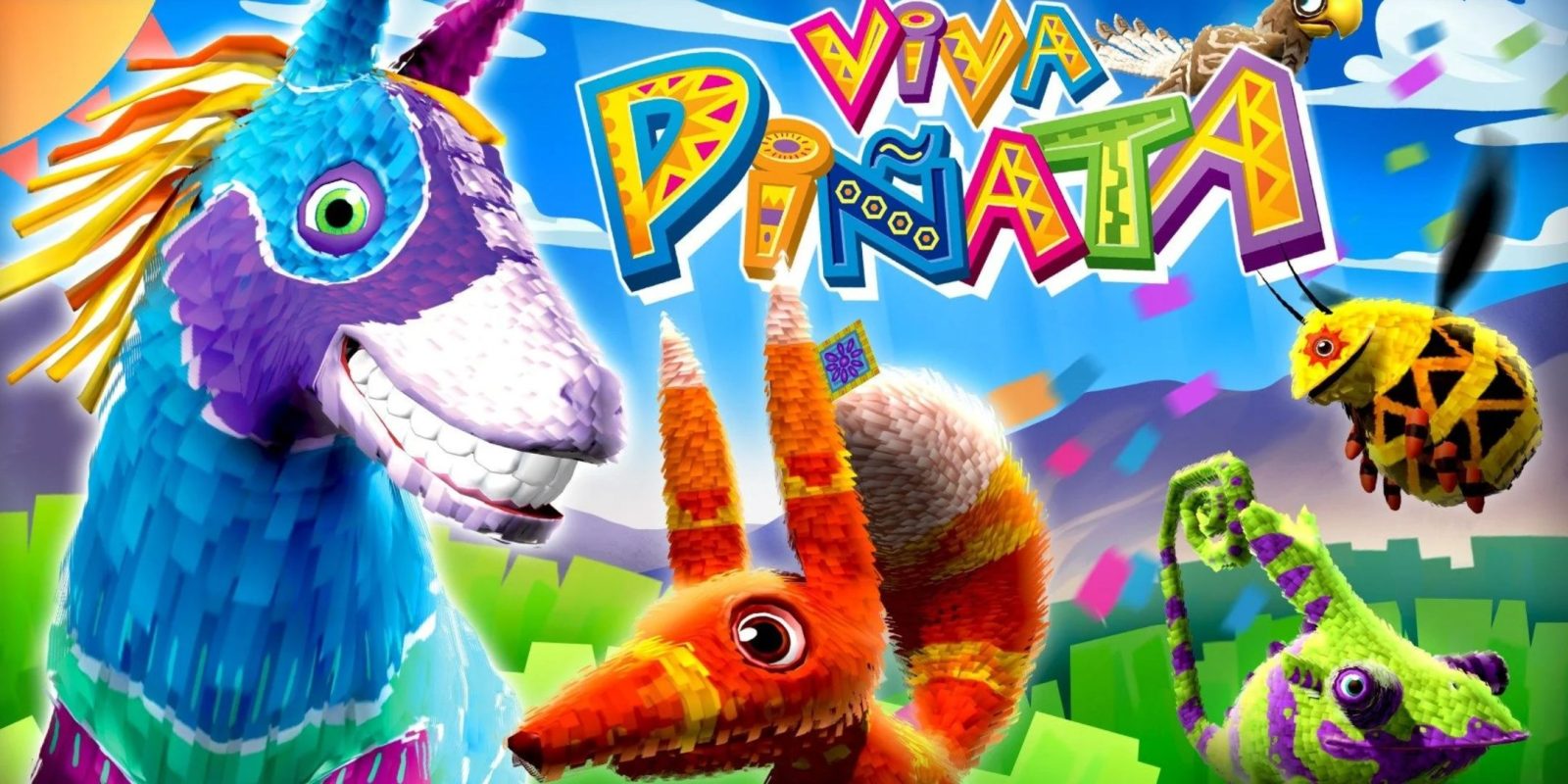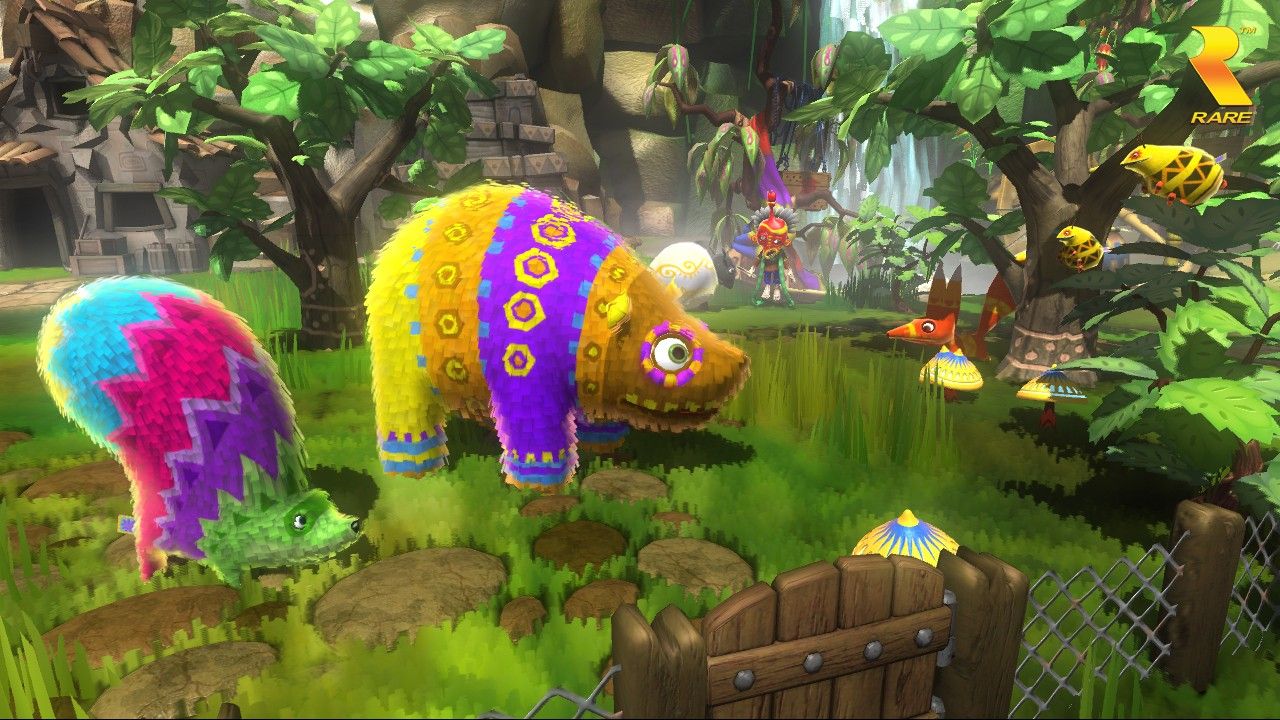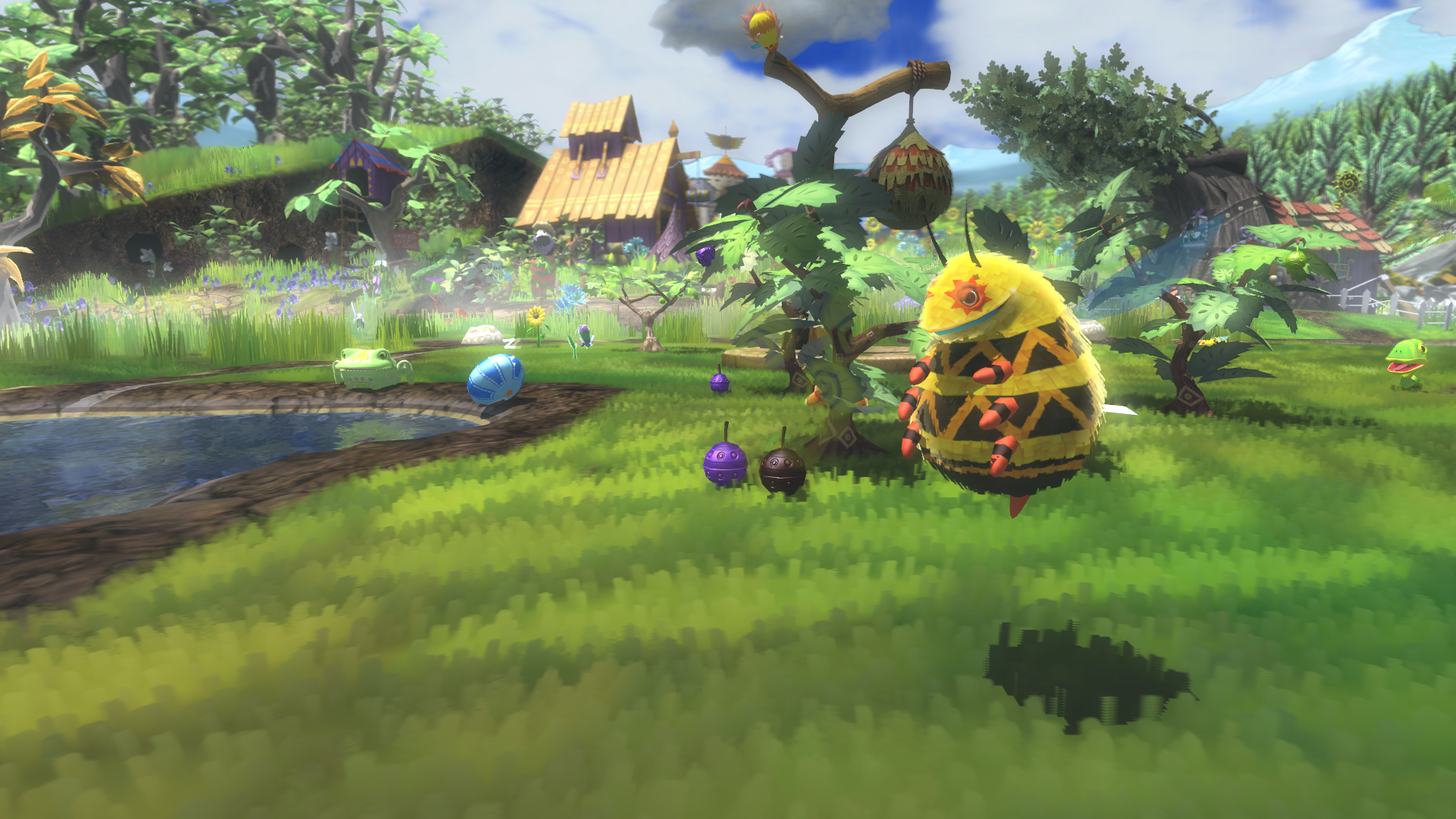Stardew Valley’s long awaited 1.6 update arrives on console and mobile this week, with fans jumping back into ConcernedApe’s beloved farming sim with reckless abandon. I’d be happily standing alongside them if I wasn’t busy playing Viva Pinata instead.
I’ve had my Xbox Series X unplugged for over a month now, since I moved house and threw it into storage. Compared to my PS5 and Steam Deck, I simply don’t play it. I’m lucky with a job like this that I often receive codes for games I intend to play, so I don’t need to rely on the likes of Game Pass, and there aren’t nearly enough worthwhile Xbox exclusives to make it my main driver. But what it does have is Viva Pinata, and oh boy is that worth it.
Viva Pinata Has Aged Like A Fine Wine
First released in 2006 for the Xbox 360 and PC, Viva Pinata is one of the final titles by Rare that truly captures the wholesome whimsy it made its name on. Within its DNA runs a stream of Banjo-Kazooie, Conker’s Bad Fur Day, and Grabbed By The Ghoulies. You are a faceless entity who arrives in a ruined garden and is tasked by its caretaker to clean things up and start attracting all kinds of papery creatures within its confines.
Every single Pinata is also outfitted with a puntastic name, here’s just a few of my favourites: Horstachio, Syrupent, Mousemallow, Macaracoon, and Quackberry.
The aim of the game is simple: recruit Pinatas as residents, make them mate (read: dance) and create the most beautiful garden in the world. That’s it, and despite its simplicity, it’s still fiendishly addictive all these years later. There are a few extra elements to consider, such as ruffians who break into your garden to plant weeds and leave poisonous sweets behind, and a laundry list of merchants each with different specialties like building houses, selling garden accessories, or sending packages to your Xbox Live friends. Well, not anymore, since all the servers have been switched off. But back then, you never cracked open a pinata alone.
It Was Also One Of The First Ever Cosy Games
But Jade, why are you comparing Viva Pinata so carelessly with Stardew Valley? Well, they have more in common than I expected after jumping back in for the first time in years. Like Stardew Valley, there is no mandatory aim in Viva Pinata. You can raise your garden level and gain access to better tools and more land, but the main objective is to simply enjoy all the vibes and have fun. The paper-mache visuals and soothing music are designed to get you feeling relaxed and at ease, like you can put the controller down and let nature take its course.
The experience is rewardingly picturesque as you start from nothing and gradually evolve your garden into something magical. At first, you will have nothing but cute little whirlms that in turn attract Sparrowmints, Mothdrops, and Pretztails. Viva Pinata has a nuanced circle of life at its centre that will attract some Pinatas and scare away others, requiring you to strike a delicate balance depending on what you want your garden to be. Or, as I mentioned earlier, embrace the laws of the jungle and leave well enough alone. Both approaches work.
As a kid, I would make several gardens each with their own identities, such as one filled with nothing but Quackberries and loaves of bread, or gardens specifically designed for peaceful herbivores as all meat eaters are left at the gate. Much like the different starting locations or relationship trees in Stardew Valley, Viva Pinata is a cosy game with a malleable form. It was also strangely out of time when you consider it, arriving just as console gaming was set to be dominated by cover shooters and action blockbusters with undying love for all things grey.
It was a breath of fresh air, and shortly thereafter, a sad reminder of what Rare used to be. A sequel arrived two years later in the form of Trouble In Paradise, which expanded upon most of its systems and made the gardening mechanics more ambitious, but I prefer the original’s deliberate simplicity. Both games are wonderful, however, and playable in 4K on Game Pass if you happen to be playing on Xbox Series X or Xbox One X. It’s as close to a remaster as we’re ever going to get, and to be honest, these games have aged brilliantly even without a modern coat of paint.
Anyone who hasn’t played Viva Pinata but has fallen in love with the cosy games that have come to define the current landscape needs to give it a try. To this day, there is still nothing else like it, and it breaks my heart that, again and again, Microsoft refuses to acknowledge its existence. What I wouldn’t give for a new Viva Pinata.














Leave a Reply